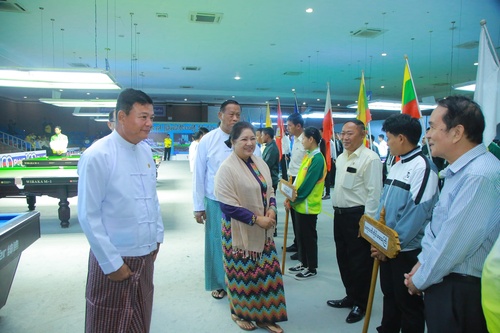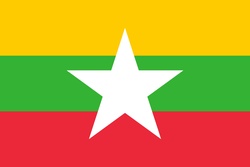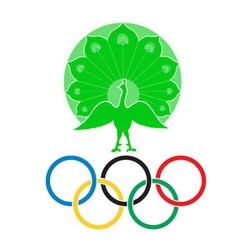Myanmar is one of the countries on the Indochinese peninsula. Its southwest coast is touched by the Bay of Bengal and its Irrawaddy Delta in the south contains a network of interconnecting canals and nine prime river mouths. Formerly known as Burma, Myanmar is considered as the Golden Land.
Myanmar is known for ancient cities, archaeological sites, temples, zoological gardens, famous Buddhist sites and the Lake of No Return.





